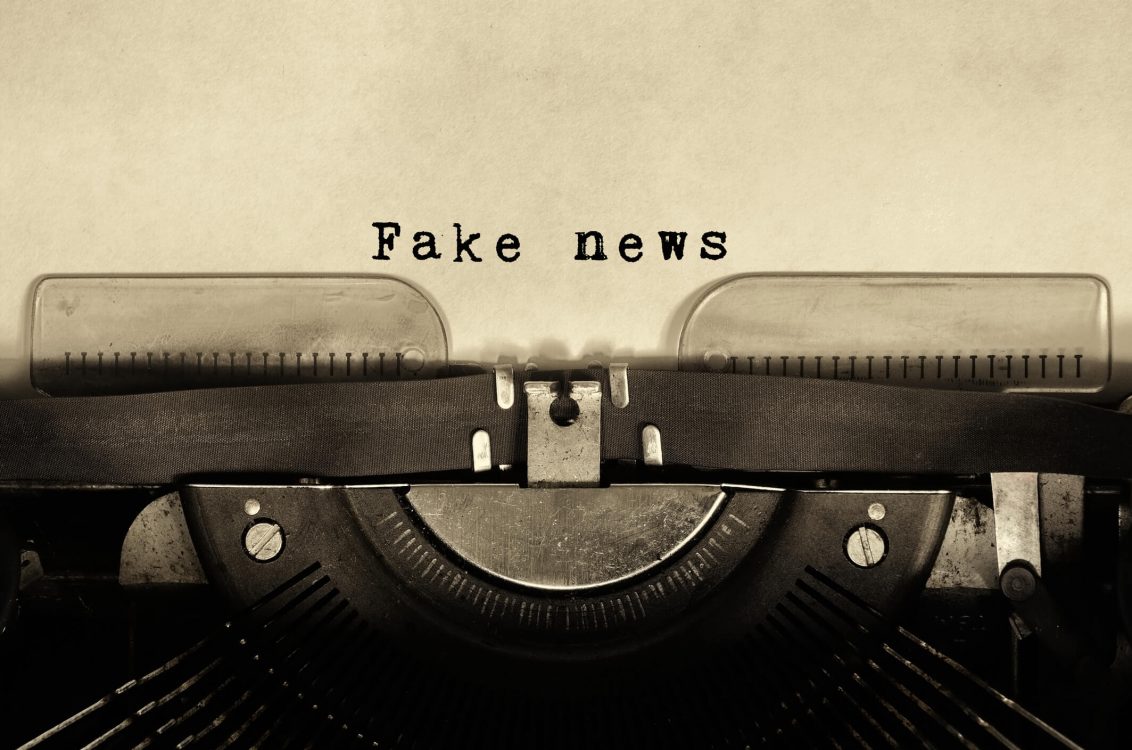
Read time: 3 mins
As we continue to change the way we digest our news and move away from traditional news sources, recent years has seen the surge of a particularly contentious issue – fake news. And no, I don’t mean the news that a certain President of the USA calls fake when he doesn’t like it!
In this blog, I’ll explore how fake news has grown, why it is such a problem for social media companies and what these platforms are doing in an attempt to crack down on this epidemic.
What was once seen as sharable amusing content from spoof news websites such as The Onion, fake news has taken on an all together different and more sinister tone. In a day and age when people don’t have the time, or just don’t want, to fact check, fake news is becoming harder and harder to spot.
The ramifications of fake news are huge. From damaging reputations and causing debates, heated arguments and spreading hate online, fake news even has the power to influencing elections. As well as disinformation and, well, just plainly incorrect news spreading like wildfire, there are other issues to consider, such as where does the information come from in the first place. And for those that are actually writing the content – to what end? These questions are something that Facebook actively acknowledges is a problem.
In response to criticism that was levelled at the social media giants for their role in allowing fake news to spread through their own targeting algorithms they’re now taking steps to reduce the amount of fake news that can be seen on their platform. Ironically, that spreading is something that helped make the platforms so relevant by targeting content to people based on their likes, interests, friends and who they follow.
With a general election in the UK more likely than on the horizon, for most, the crackdown from the social media giants is not a moment too soon. For others it’s too little, too late.
In a bid to combat the spread of fake news on its platform, Instagram rolled out a special reporting tool in August 2019. This allows its users to report posts that they believe to be fake, with an emphasis on the ‘explore’ page and through searching via hashtags in particular.
When users click on the report icon on a post, under the ‘it’s inappropriate’ tag there is now an option to click ‘false information’. Whilst it isn’t a guarantee that the post will be deleted from Instagram entirely, it aims to have it removed from the ‘explore’ page and through hashtag searching.
As Instagram users report posts, the complaints will teach an AI tool to spot similar posts to proactively prevent them from appearing on Instagram in the first place.
To improve the quality and the accuracy of the content seen by its users, Facebook has recently been using a slightly different approach to its sister platform. It now uses an algorithm that effectively de-ranks content from sources that are either unreputable or that have been designed for viral content – effectively making it less credible.
This means that reputable content will be place higher in a user’s feed. In other words, articles from sources such as the BBC, CNN and national newspapers are much more likely to be seen on your timeline day to day compared to random videos from a site you’ve never heard of before. There is a full explanation of exactly how the new algorithms work and how it all relates to your timeline here.
Alongside the algorithm update, Facebook is now working with 45 external fact-checking partners to review content. Whilst that does sound like progress, to put it into context, a billion things are posted to Facebook every day. Needle meet haystack.
You may be thinking at this stage that I’ve forgotten all about Twitter… but whilst Instagram and Facebook are investing in algorithms, fact-checking teams and AI, Twitter is lagging. Prior to elections in India in April, it rolled out a tool that allowed users to report posts which misled voters, which was also released ahead of the European elections in May. The only current guidance Twitter has on fake news is that parody accounts which may share fake news as ‘humour’ have to declare so in their bios.
In theory, the amount of fake news that you’ll see on both Facebook and Instagram will decrease – you may have already noticed it – but don’t expect huge changes overnight. Everything takes time to implement, correct and get right and the changes on both platforms are no different. This is very much a marathon, not a sprint. All in all, it’s a positive step and with some major national and international events over the coming months, not a moment too soon.
Need support with your brand’s social media strategy? Get in touch with us today or call us on 0113 394 4580 to find out how Brand8 PR can help.